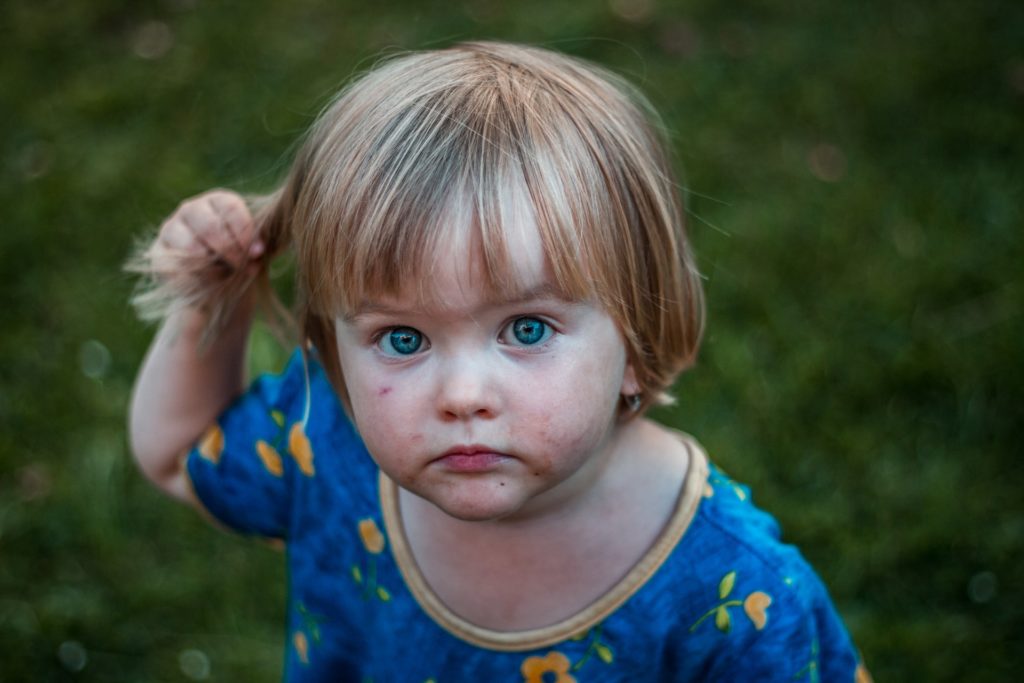Children between the ages of three and 15 years have been found to be carrying traces of any of a number of 261 chemical pollutants in hair samples, according to a study carried out by the consumer organisation Test-Achats.
The hair samples from 101 children in the age range were tested for the presence of 1,800 different organic pollutants. Every child in the sample tested positive for at least one chemical, including some that have been banned for more than 20 years. Among the chemicals detected were medications and pesticides.
The findings, which included the presence of 261 chemicals, 56 of which appeared in more than two children, also showed there were differences between siblings and even between twins in the pollutants found.
Of the sample of 101 children, only three showed the presence of a single pollutant. On the contrary, children were found to be contaminated by an average of 5.5 different chemicals, with some affected by many more.
“Among the pollutants discovered are no fewer than 23 chemicals that have been banned in Europe, some for years,” the organisation said on its website.
“For example, DNOC, a pesticide that has been banned since 1999. Or Atrazine, which was found in one of the children born well after the product was banned in 2012.”
Atrazine is a persistent herbicide whose residues can still be found years after the ban (in the water supply in the case of Atrazine).
“We also found a product of the carbamate family, Carbofuran-3-OH-7-phenol, a metabolite of a pesticide used against insects in potato, wheat, rice and soybean crops. This neurotoxic product, which is banned in Europe, is suspected of being an endocrine disruptor [in other words it upsets the body’s hormone balance], yet it can still be used in less scrupulous countries outside the EU, by farmers whose products end up back on our plates.”
More than 60% of the products found were pesticides or the products of pesticide degradation. Belgium is one of the top three countries in Europe for the use of such products in agriculture.
In second place, with 10% of the chemicals detected, came medicines, for both human and veterinary use. Those are followed by synthetic chemicals used in textiles and household products.
“Not all of these substances are necessarily toxic,” the organisation advises. “Toxicity is a relative term, which depends on the amount to which the body is exposed. And each person reacts differently, depending on his or her sensitivity to the substance and the stage of life; children and pregnant women, for example, are more vulnerable.”
Nonetheless, the examinations did reveal the presence of pollutants known to be carcinogenic (causing cancer), mutagenic (responsible for genetic damage), teratogenic (affecting the foetus), reprotoxic (related to fertility problems), neurotoxic (toxic to the nervous system), and, in many cases, endocrine disruptors.
“As a consumer organisation, it is our duty to inform, raise awareness and expose the problematic points that have come to light during our various investigations,” Test-Achats said.
“That is why we warn the authorities and ask for more controls (a certain number of children are clearly exposed to substances that are nevertheless prohibited); a ban on the sale by EU entrepreneurs, of products that are banned in the EU; more research into the cocktail effect on health [where a collection of chemicals has a more dangerous effect than any single chemical] and stricter rules for the re-authorisation of pesticides.”
Test-Achats operates a consultancy service every working day from 0900 to 1230 and from 1300 to 1700 (1600 on Fridays). Call 02 542 32 32.

